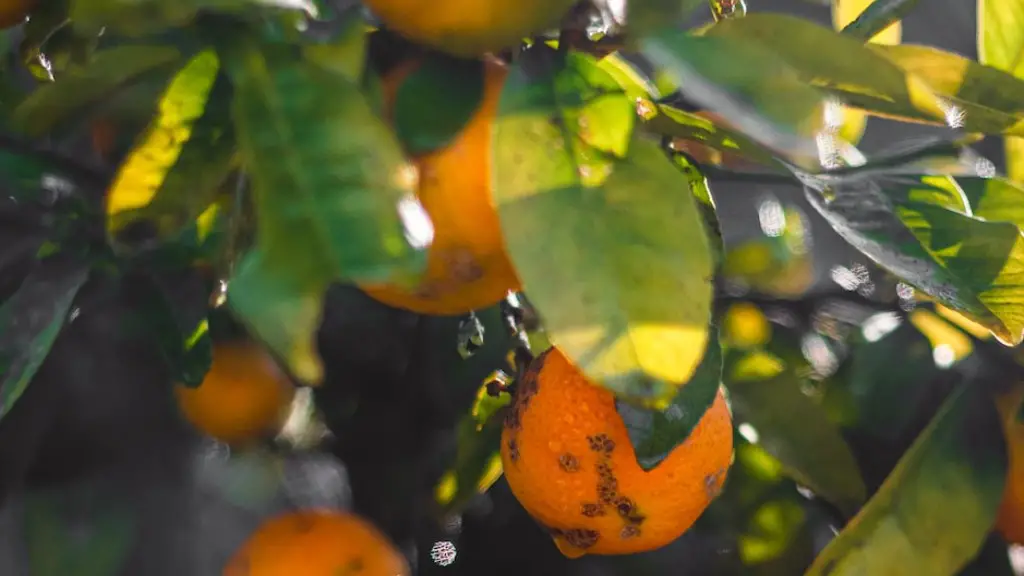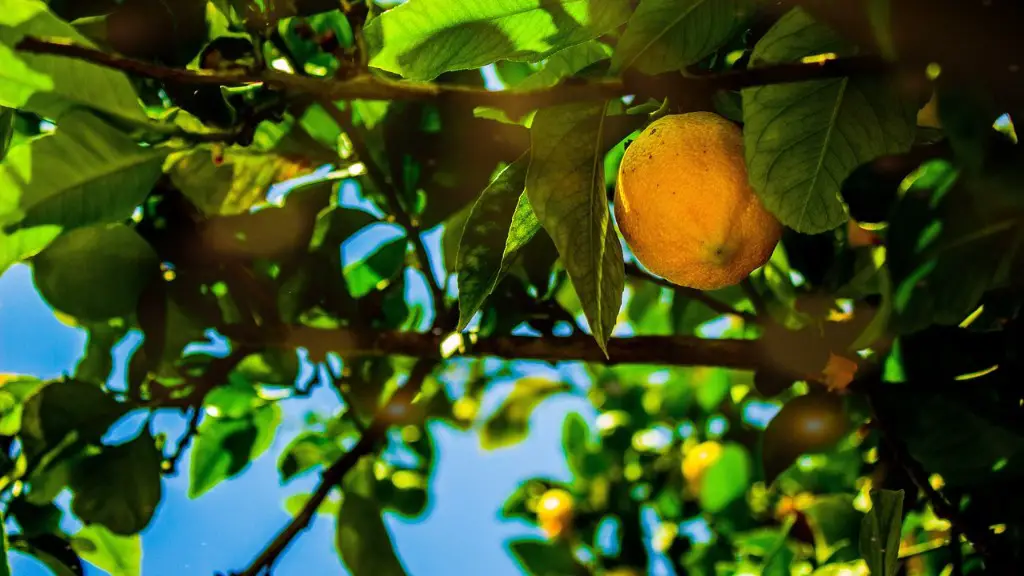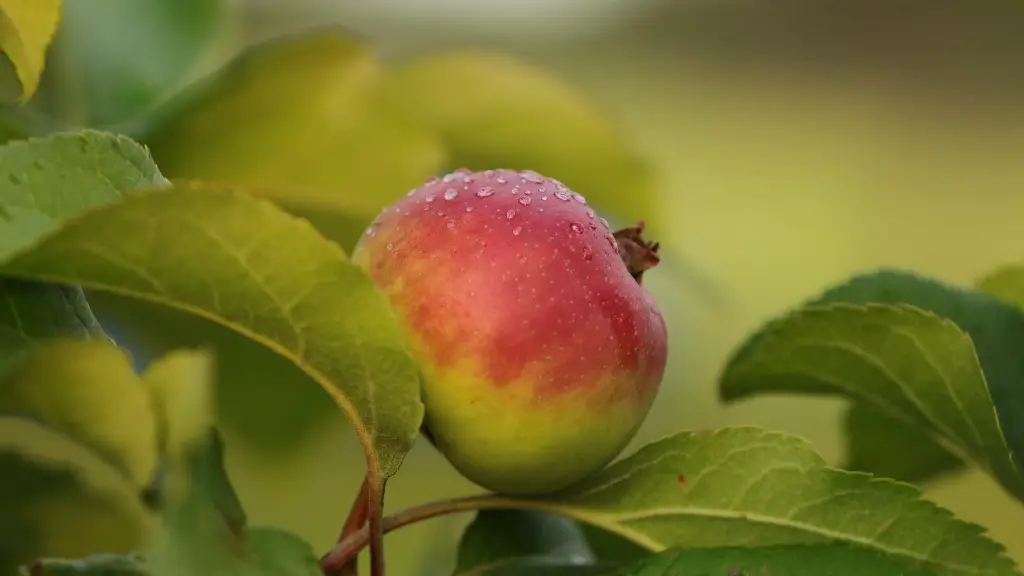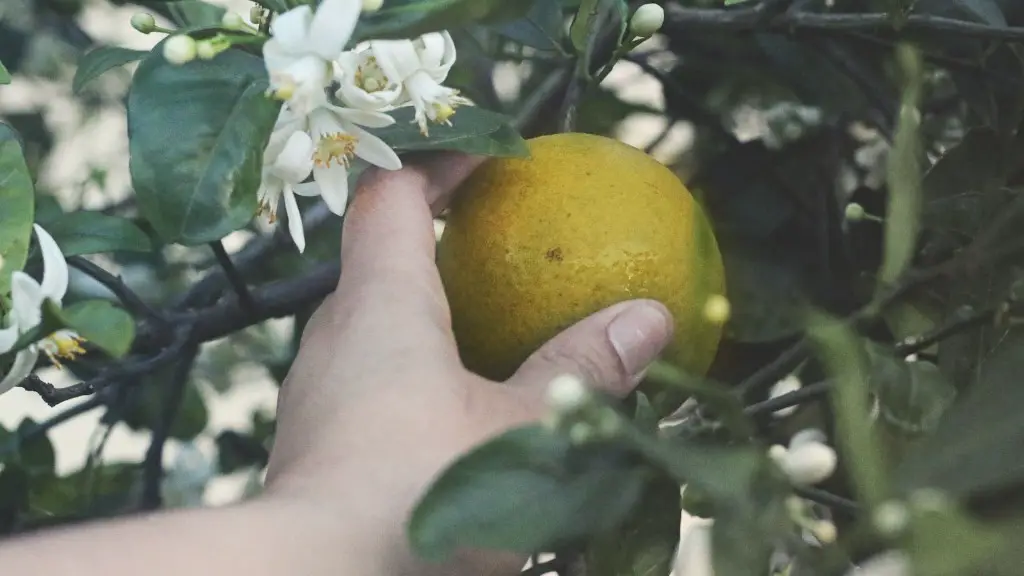In order to plant a Meyer lemon tree, it’s important to understand the basics of preparing the soil and caring for the seedlings. Here are some basic steps you should follow:
1. Firstly, you should prepare a pot with well-draining soil. Aim for one that is at least 5 gallons in size and bears several drainage holes so that the soil won’t become waterlogged. Then, incorporate some fertiliser into the soil to ensure the optimal balance of nutrients and pH levels.
2. Next, make sure you choose a Meyer lemon tree seedling that is in good condition. Get it from a reliable source like a local nursery or online store. But before purchasing, be sure to inspect it for any signs of disease, pests or discolouring.
3. Another thing to consider is the type of tree you select. If you choose a dwarf Meyer lemon tree, it won’t grow taller than 8 feet and will need more frequent pruning. A standard Meyer lemon tree, on the other hand, can reach up to 20 feet.
4. Once you’ve made your selection, dig a hole in the soil that’s wider than the root ball. Then, bring the seedling out of the pot and carefully place it into the hole, ensuring its roots are buried. You’ll also want to be sure to give it ample room to grow.
5. Following this, the area surrounding the seedling should be mulched with organic material like straw or wood chips to shield the plant from extreme temperatures. Additionally, be sure to water the seedling right away and then continue to water deep and frequently.
Fertilization of Meyer Lemon Tree
When caring for a Meyer lemon tree, fertilization is an essential part of the process. If the soil lacks essential nutrients needed for growth, fertilizers can provide a quick boost. Some key things to keep in mind when fertilizing the tree include:
1. A fertilizer should be applied during the tree’s growing season, which runs from late winter to early fall. Additionally, timing should be chosen carefully to ensure the plant does not become over-fertilized.
2. It’s also important to choose the correct type of fertilizer. Meyer lemon trees do best when fertilizer with a balanced N-P-K ratio. This ratio should be in line with the size, age and growth of the tree, with higher potash and nitrogen content ideal for younger, smaller trees, and higher nitrogen and phosphate content ideal for older trees.
3. Another important factor to consider is the frequency of fertilization. A young tree should be fertilized every two months, while an established tree should be fertilized every four months.
4. Lastly, be sure to spread the fertilizer evenly and lightly over the soil. Do not bury it or pile it onto the tree, as that can damage the roots.
Meyer Lemon Tree Pruning
Pruning a Meyer lemon tree is a critical part of its maintenance in order for it to be healthy and strong. As daunting as it may seem, pruning doesn’t have to be difficult as long as it’s done properly and regularly. Some tips for pruning your Meyer lemon tree include:
1. Pruning should be done in late winter to early spring before bud break. Otherwise, you risk removing potential fruiting branches.
2. Always aim to prune away dead, diseased or broken limbs, as well as thin out overly dense branches to create a strong, healthy structure.
3. Be sure to use sharp, sanitized pruning shears to ensure neat and clean cuts. This will prevent any damage or further infection.
4. Take care to not over-prune as this could lead to weakened or damaged limbs.
5. If you’re dealing with pests and/or diseases, isolate the affected branch or twig and cut it off before using a biodegradable fungicide or pesticide to prevent further spread.
Meyer Lemon Tree Pollination
Meyer lemon trees rely heavily on pollinators to grow and produce fruit. In order to successfully achieve pollination, a few things should be taken into consideration. Firstly, it’s essential to provide an optimal habitat for pollinators, such as by providing access to water and shelter. Additionally, refrain from spraying pesticides during the blooming season. Then, you may need to hand-pollinate if the tree doesn’t receive enough visits from native bees and other pollinators.
1. When hand pollinating, it’s important to select the right time. This is typically when the flowers first appear and open until they are beginning to dry. Then, remove the petals from each flower and use a soft brush to remove the pollen from the anther and deposit it onto the stigma of each flower.
2. It’s also important not to over-pollinate. For Meyer lemon trees, aim for five pollination visits per flower. Too much pollen could result in a low-quality crop or even no crop at all.
3. Be sure to use a brush specifically for pollinating. You don’t want to use a brush that has been contaminated with material from other plants, as this could spread diseases or lead to poor pollination results.
4. Lastly, make sure to pollinate in the early part of the day when the flowers are at their most receptive, rather than during the heat of the afternoon.
Meyer Lemon Tree Fruiting
When a Meyer lemon tree is planted in the right conditions and cared for properly, it will bear fruit. Generally, this happens around its third season. It’s important to remember that fruiting requires more than just pollination and fertilization – it also needs proper pruning techniques to improve its productivity. Here’s what you need to keep in mind:
1. When pruning for fruiting, aim to remove dead and damaged limbs, as well as any overly dense branches. Additionally, prune away any old and diseased twigs, as well as suckers to create a stronger structure.
2. Secondly, take advantage of spacing between branches to ensure they get enough sunlight and air circulation. If branches are too tightly packed, they won’t receive enough of either.
3. Lastly, reduce overcrowding by removing some of the extra fruit – those that are too close together and are not of premium quality. But, be sure to avoid over-pruning, as it may damage the tree.




